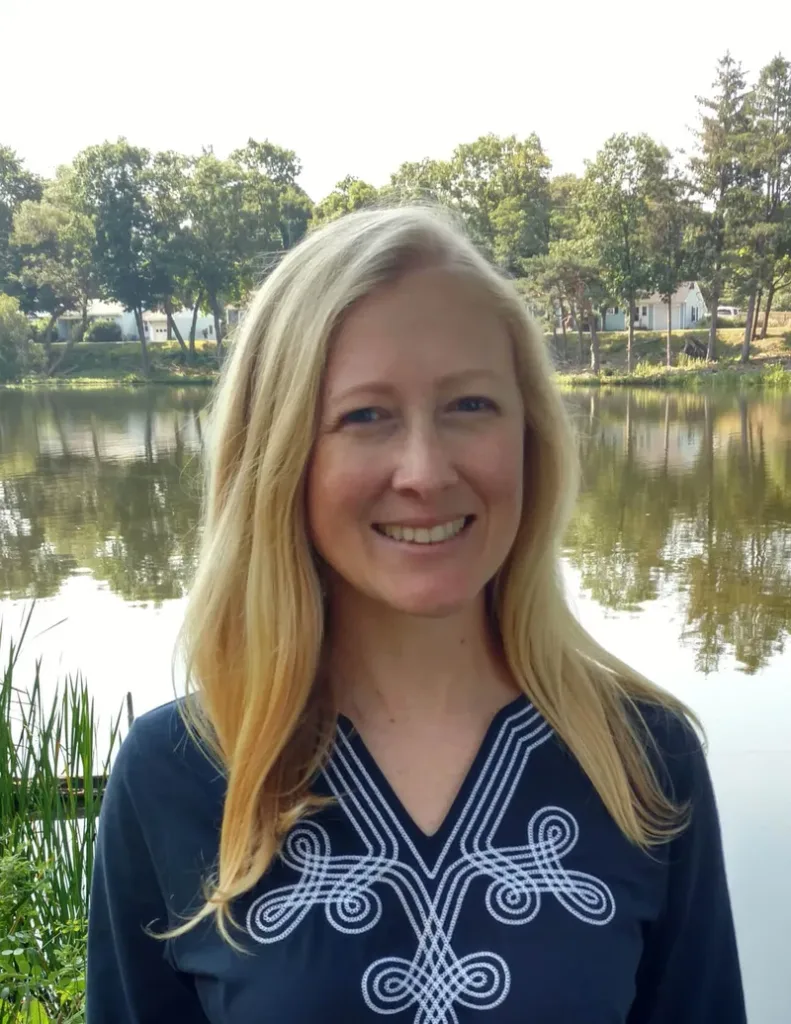Conch, I See Conch!
Arriving in early September, students have already participated in a variety of enriching lectures, organism identification, anthropogenic surveys, and field exercises. Often students have been found working to the “wee” hours to obtain those last few bits of information that can assist them with the mid-term examinations and Directed Research ideas.
Faculty at the SFS Center for Marine Resource Studies have been actively working with students to prepare them for conducting scientific research. Already, students have selected the Directed Research project they will be working on for the remainder of the Fall 2015 semester. Projects include: StoryCorps and photovoice documentation of changes on South Caicos; feasabilty of composting Sargassum macroalgae (currently a major issue around the Caribbean); assessment of the biodiversity of reef habitat as part of climate change research; species-specific reef studies; and finfish, spiny lobster, and queen conch stock and landing assessment. While each student focuses on a different aspect, everyone will conduct a literature review, practice hands-on field techniques, analyze data, and produce a written report and group presentation at the end of the project.
As part of the preparation for Directed Research, the students participated in a Conch Field Exercise, a two-day field based activity to quantify the number of queen conch inside and outside of the East Harbor Lobster and Conch Reserve (EHLCR). 36 students set out with masks, fins, snorkels, and dive slates to conduct underwater visual surveys (UVS) that were 50 meters in length and 3 meters in width. At each of 24 sites, the students conducted three separate belt transects and collected all live conch within the belt, while reporting the habitat type. Once on board the vessel, students then measured the conch for siphonal length and lip thickness. The first day was exciting for everyone, but very few conch were recorded. However, the second day was a long day of multiple conch collections. One student group was amazed to have found more than 130 conch at the one site, with a total of 575 conch collected in 2 days’ time.
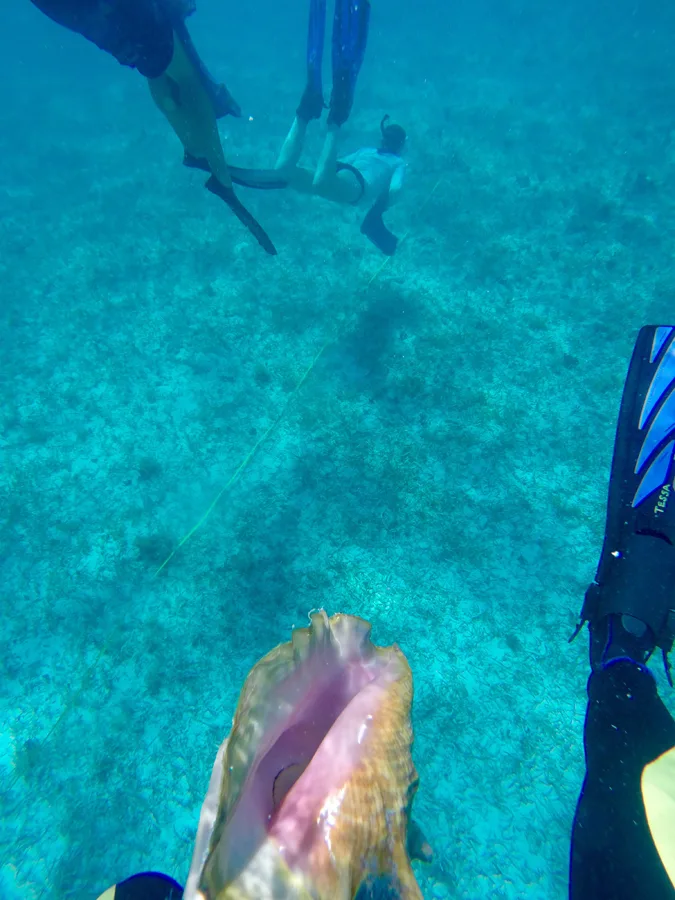
Students collecting queen conch from the transect. Photo: Tessa Foster
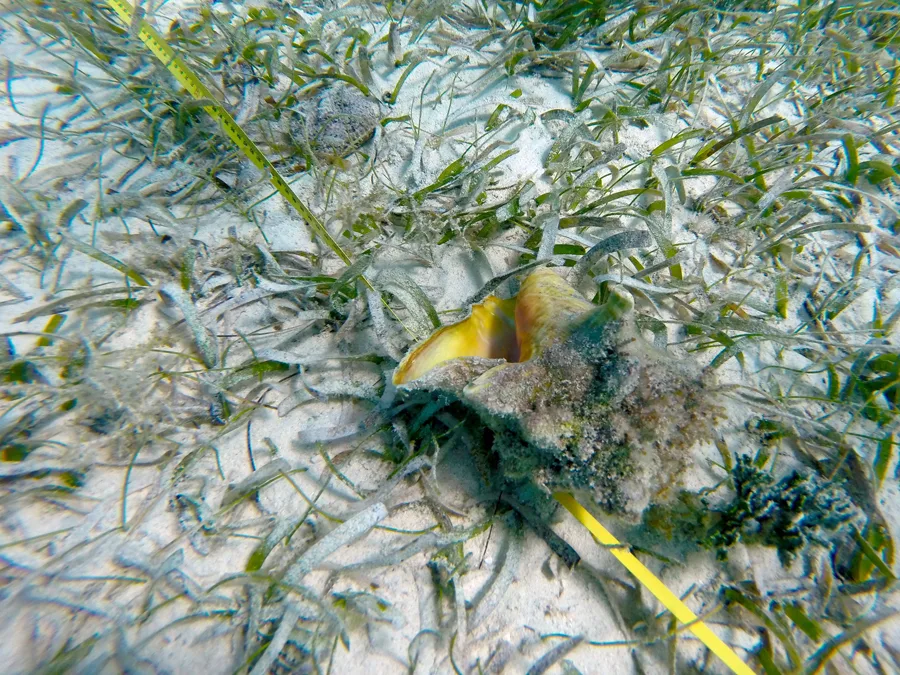
Queen conch on the UVS for Conch Field Exercise. Photo: Tessa Foster
After data collection, students analyzed what they found. It is here that the students discovered that for all the hard work in the field, there is the same amount of hard work at a computer screen. Various analyses were conducted including comparisons of siphonal length and lip thickness both inside and outside the MPA; comparison of habitat to live conch abundance, and estimated overall abundance for both inside the reserve and on the Caicos Bank. Final reports were prepared, providing students the next step in the ladder towards the Directed Research Projects.

Measuring queen conch lip thickness. Photo: Tessa Foster
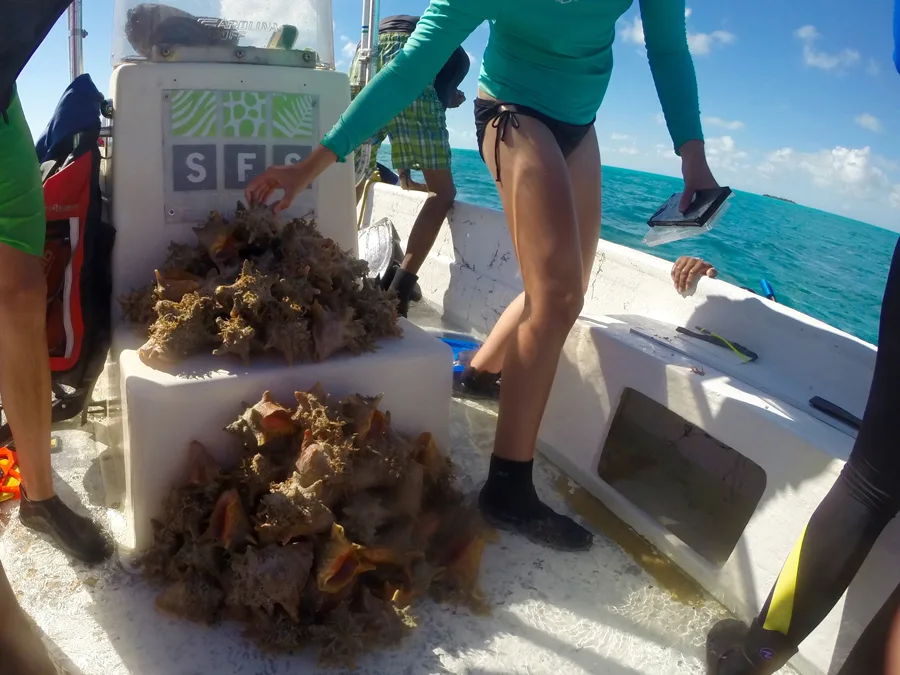
Collection of queen conch from one site in EHLCR. Photo: Tessa Foster
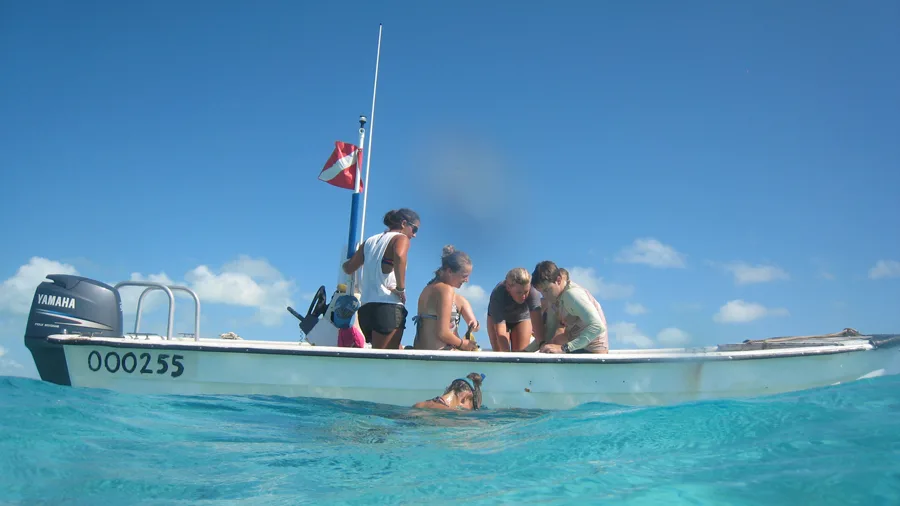
SFS students measuring and releasing queen conch.
Students also have the opportunity to be involved in other research aspects of the faculty including “turtling” and “lobster condo” visits. The data collected from these various outings are cataloged and retained for future analysis.
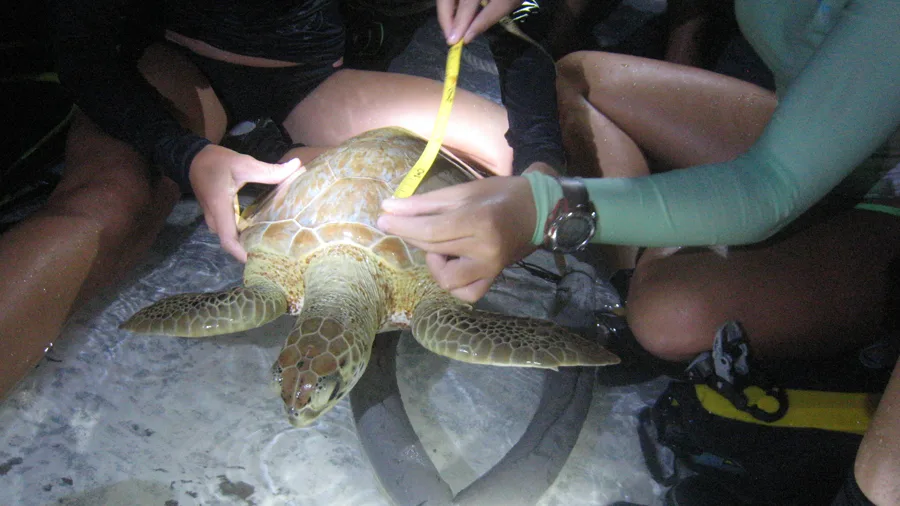
Measuring curved carapace length of a green sea turtle
Often students are discussing the days events and how filled the schedule appears, but never once have there been any complaints; rather, increased enthusiasm. This again is a major step that our future scientists and researchers must learn near the beginning of their education and careers. There is no rest for the weary; data collection, education, and research must go on.
Related Posts


Alumni Reflections: Stories of the Return to Kenya

